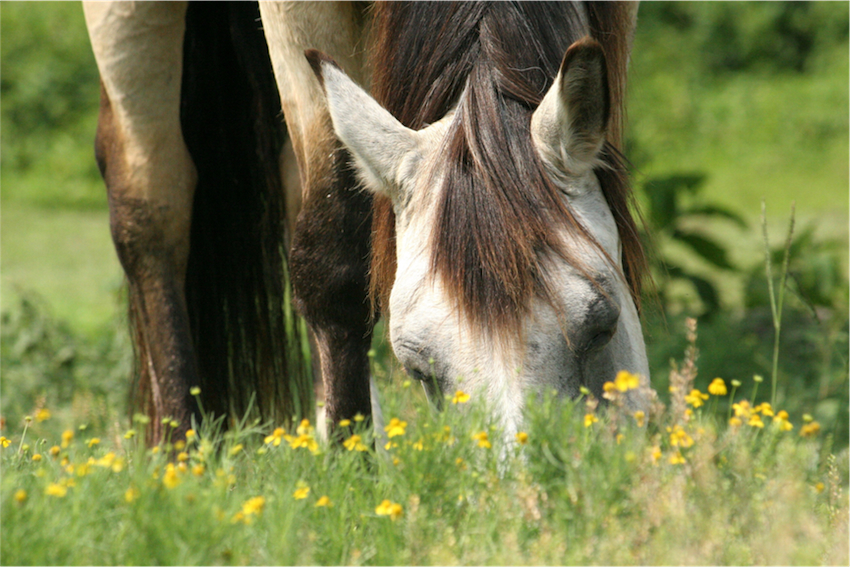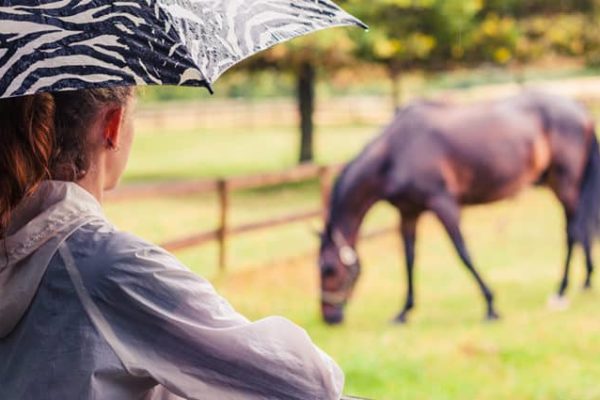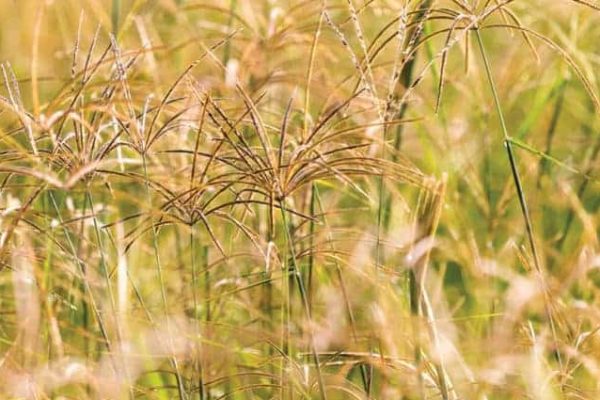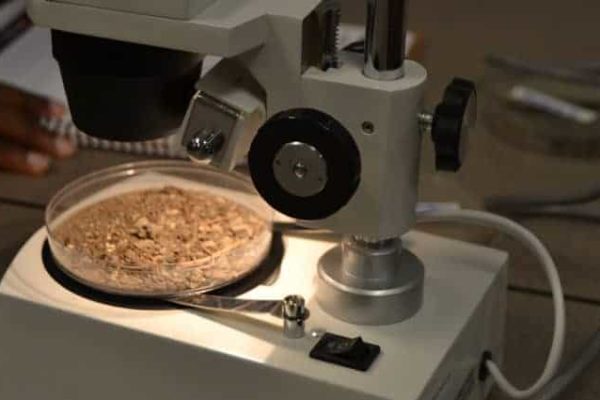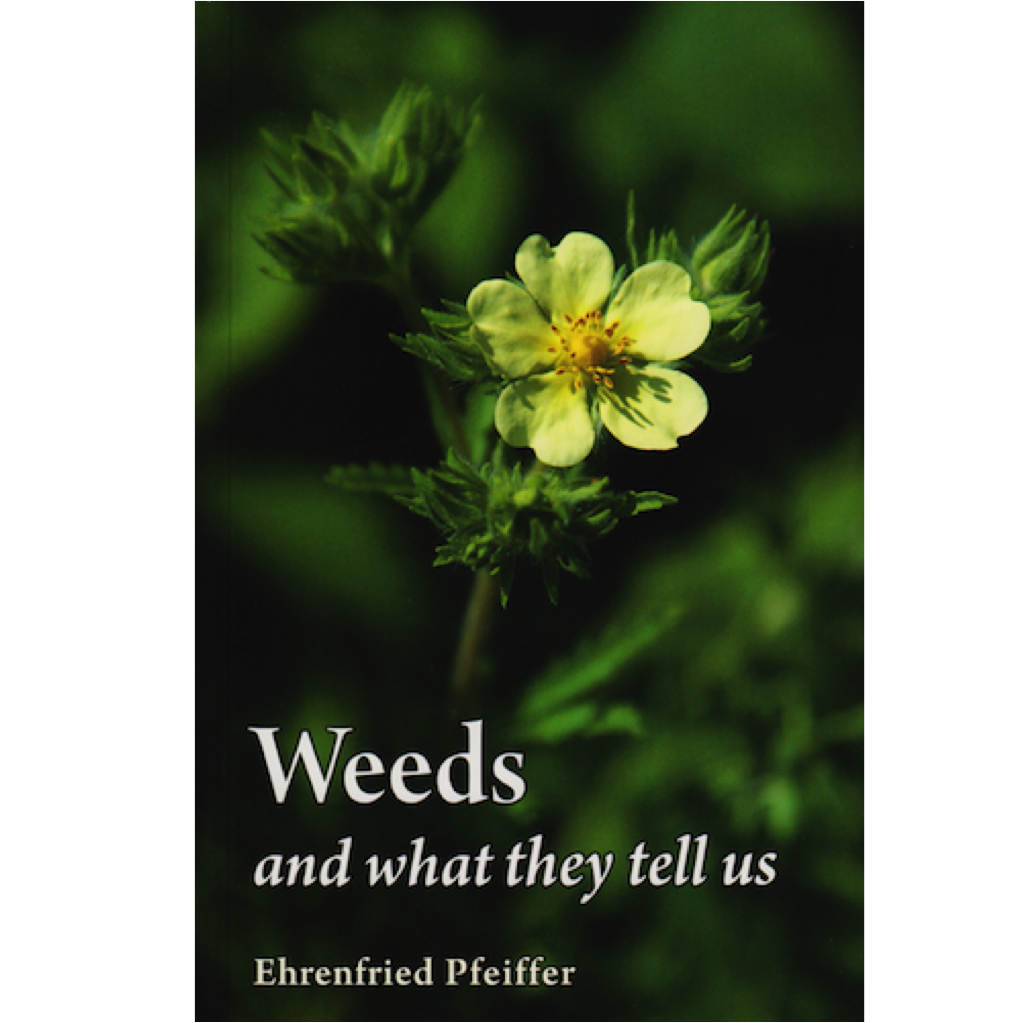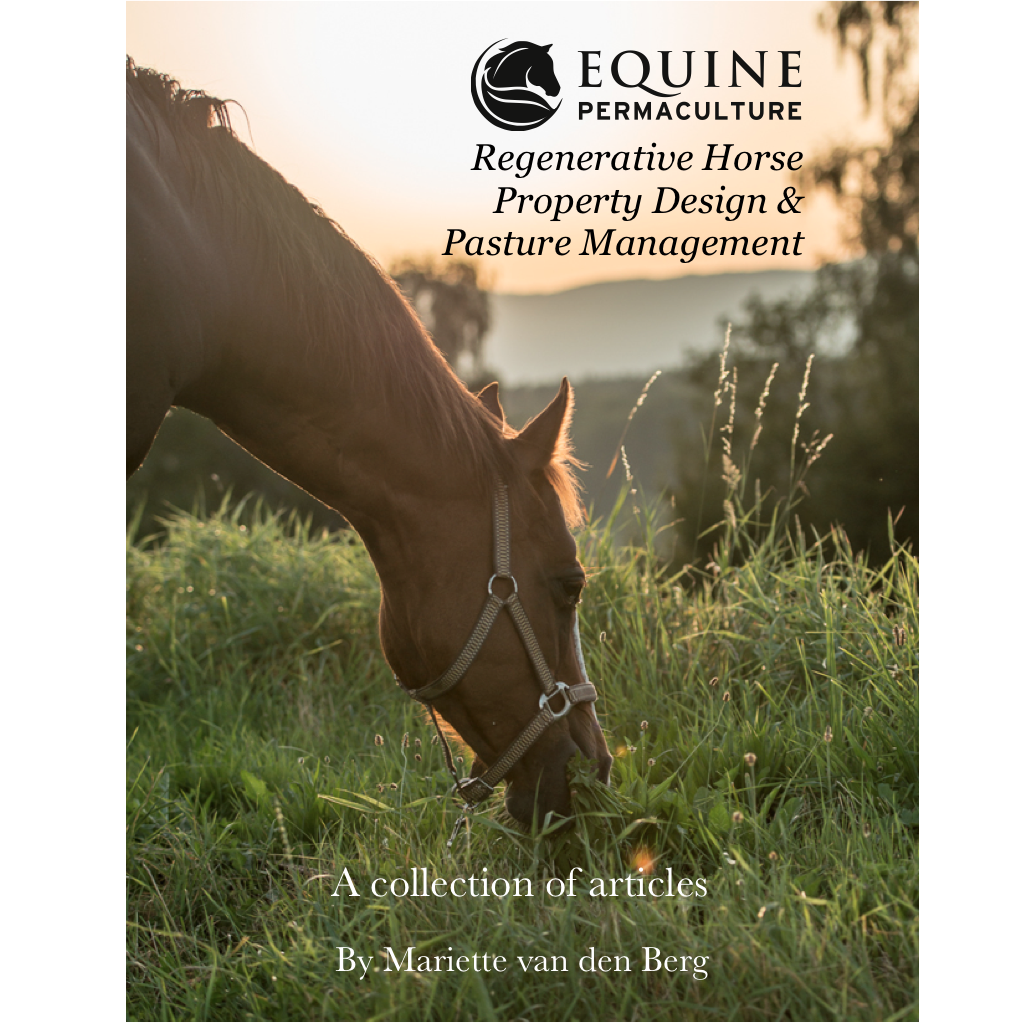Published in Horses and People Magazine (Feb 2016)
While many people begin to explore ways to make farming more sustainable and others think of the lifestyle choices that can help save the planet, the question is can horse owners be part of the solution instead of adding to the problem?
To introduce this new series of articles, we ask Mariette van den Berg, an equine nutritionist, pasture and permaculture design consultant about equine permaculture, a new movement that aims to integrate the princples of permaculture with other sustainable farming strategies that can be implemented on horse properties, however large or small.
1) What is permaculture and how is relevant to horse owner?
“Permaculture is a design system for sustainable living, devised by Australians Bill Mollison and David Holgren in the 1970’s. It’s one of the movements that can help make farming cleaner, less costly, and more resilient and resistant to disasters.
” Although permaculture is best knwon to about growing food and being self-reliant, it’s also about how we build, how we can live more sustainably and how we deal with water, energy, soil and all living beings. The permaculture principles can be adapted to any sitaution, from city to country, and indeed, on our own horse properties.”
2) What are the main objectives for introducing a permaculture system into equine management?
The main objective to start implementing sustainable or holistic farming practices such as permaculture (but not limited to) is to address the current challenges in conventional farming systems, such as high input costs to maintain pastures using prescription farming; relying on chemical fertilisers, mineral inputs and herbicides to manage weeds. When it comes to managing pastures, horse owners typically lack the knowledge and are generally overwhelmed by problems, such as overgrazing, weeds or pasture related health disorders. This drives owners to lock up their horses and rely on importing feed such as conserved (homogenous) forages and concentrates. This is not only derimental to your pocket, and the well-being of your horses but also detrimental for the soil. Permaculture is a call to action to work with natural and animal systems, to improve soil heath and create better environments for you and your horses.
3) Most permaculture advocates dismiss horses when they talk about livestock systems. How do you integrate equines into permaculture principles and is it possible to find a balance?
There are many Permaculture principles that can be integrated in equine systems and management. In Equine Permaculture we have similar ethics such earth care, people care and fair share, but when setting up equine properties we also have to include horse care ethics. With horse care we address Human-Horse Interactions which involves evidence based education to support responsible horse keeping. Improving the health, performance and well-being of all horses. This includes education about horse behaviour, feeding management, general health, husbandry practices and pasture management/ grazing planning.
4) For someone with a ‘traditional’ equine management system in place, are there elements of permaculture that can be implemented without starting from scratch, that would still prove to be valuable?
While many permaculture principles and designs can be integrated in equine properties, the three main aspects that can be easily adopted would be soil development /pasture health, hydration/ water harvesting and stacking functions. The solutions to equine properties don’t only originate from Permaculture but in my consulting I use many other principles such as Keyline design, Holistic Grazing Management, Behavioural Educations for Human, Animal, Vegetation and Ecosystem Management (BEHAVE) and I integrate my own research into forging behaviour and diet selection by horses.
For example with stacking function we mean that one solutions should not have only one function; it should have multiple applications.
In my consulting and workshops I promote the use of vegetation systems that can provide edible fodder for horses (and other livestock) which can be planted on swales (on contour level banks that improve hydration). You can use cut and carry systems to take branches to your horse paddocks or pastures and this will enrich their environment and at the same time offer additional fibre. In cases where horses are sugar sensitive and need to be managed more intensively, you can use this browse fodder (which is typically lower in soluble carbohydrate ) in their sacrifice areas and/or designed lane way systems. These systems can be easily integrated in existing property layouts.
I am looking forward to sharing with H&P readers some of the ideas, principles and design elements that can help horse owners improve their horse properties, making them more sustainable and resilient to climate extremes, as well as improving the health and well-being of their horses and their land.
5) When can we expect to see an Equine Permaculture course being offered? and will it be applicable on a global level given the vast differences in climate, soil, native forage?
Our aim is to develop a more detailed curriculum (and manual) that integrates Equine Permaculture for different climates (e.g. arid, tropical, temperature etc). We hope that by end of 2016 we can offer full PDC courses with an equine focus. It will be a combination of online course and 1 or 2 weekends face-to-face course. In addtion, we are in the process to set up a new education portal and facebook page; (Centre for) Integrative Equine & Environmental Science Education. This will go hand in hand with the our new research location/ demo property in Armidale. We only just moved to this new property, so its all still very young and undeveloped. But with time we would like to offer a site for people to come and vist and attend courses.
For more information about all our changes and upcoming events; www.equinepermaculture.com.

